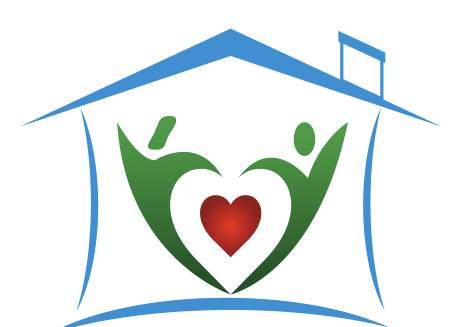As parents, we all want to raise good humans. Part of raising good human beings is navigating difficult subjects, such as racism and violence against black people in America. Talking about racism may make many of us uncomfortable, but we can’t solve a problem if we can’t talk about it. Racism thrives in silence. Our children need to hear from us what we know to be right—and what we know to be wrong. Nationwide protests for racial justice are a powerful reminder that parents of all backgrounds need to be pro-active in raising children to understand racism and discrimination, and in helping our kids to be a force for positive change in the world.
Here are some steps that parents can take to help children fight racist practices and stand up for every person’s right to be treated fairly.
- Educate yourself about how to advocate effectively for others, as well as how to talk about race and racism with children.
- Talk about fairness.Even preschoolers are old enough to understand the concept of fairness. Racism is a system of unfairness, in which BIPOC (Black and Indigenous People of Color) are treated worse than white people. That is wrong and we all need to work hard to fix it.
If your kids have seen reports of police brutality in the news, talk about how upsetting it is to see people treated unfairly, and how mistreatment of Black people is part of a bigger picture. Explain that there is a multiracial coalition of people working together to put an end to racism and make the world safer for all of us.
- Encourage children to ask questions.All children have questions about race, skin color, and other differences. However, if parents are uncomfortable talking about race, children learn not to bring it up. When people say that their kids are “color blind,” what they really mean is that their kids have been trained not to talk about difference.
- When it comes to younger kids, play, storytelling, and modeling the behaviors that we want them to emulate are the best ways to teach any subject—and that especially includes celebrating difference and rejecting racism.
- As kids grow, hearing stories that reveal a wide range of perspectives and seeing their parents and caregivers “walk the talk” continue to be the best teaching tools. As parents, we should also engage our elementary-school-aged children in regular conversations about racial discrimination.
- Teenagers tend to be acutely aware of injustice in their schools, their social circles, and their world. At this age, they want parents to offer guidance on how to be active allies for causes they believe in, and they need resources to help them navigate the challenge of racism as independent critical thinkers.
- Form friendships and relationships with diverse populations and encourage your children to do the same.
- Build a library.Read books together about racism and protest. Choose stories with Black and Indigenous People of Color as heroes and heroines. Further your own knowledge by reading books on antiracism and race recommended by BIPOC booksellers and publishers.
- Keep the conversation going.The legacy of slavery is very much a part of life in the U.S. today. It is important to realize that all of us have internalized the rules of a society that is separate and unequal by race. Interrupting the cycle of racism requires vigilance in our daily lives—we need to be on the lookout for ways that we perpetuate the bias embedded in American culture.
At every age, our children are looking to us to help guide them—both by giving them the learning tools that they need to thrive and by showing them through our own example what is right. Standing up to injustice is part of being a good citizen and human being. All children deserve to grow up in a world where they are safe and protected.
© 2025 Michael Brown, MSC, LMFT, dba Happy Couples Healthy Communities
